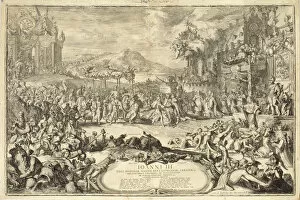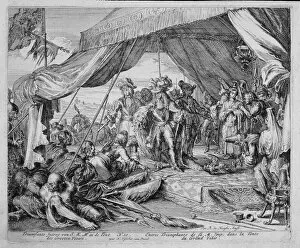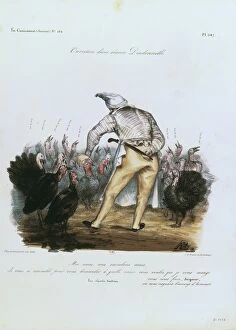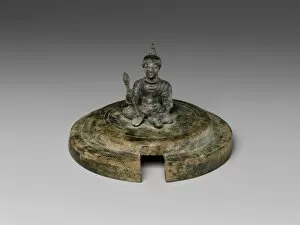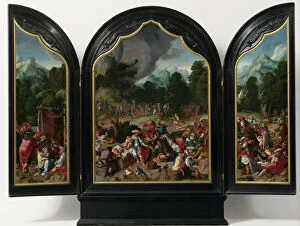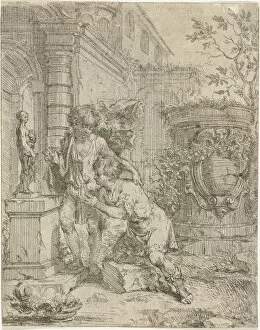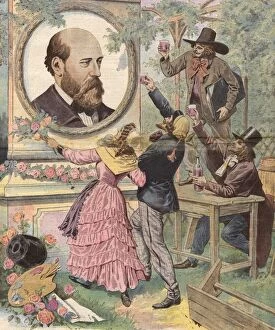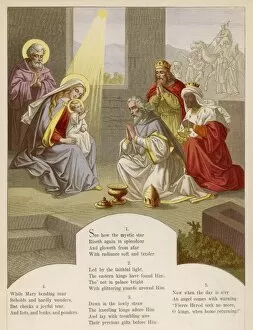Veneration Collection (#2)
Veneration, the act of showing deep respect and admiration, has been a central theme in various forms of art throughout history
For sale as Licensed Images
Choose your image, Select your licence and Download the media
Veneration, the act of showing deep respect and admiration, has been a central theme in various forms of art throughout history. From religious figures to cultural symbols, these works evoke a sense of reverence and awe. In "The Lady of Montserrat" by Alonso Cano, we witness the veneration bestowed upon the Virgin Mary. Her serene expression and graceful posture invite us to join in her adoration. Similarly, in "Saint Charles Borromeo Venerating the Crucifix, " Lorenzo Tiepolo captures a moment of profound devotion as Saint Charles pays homage to the crucified Christ. Moving beyond religious contexts, veneration takes on different meanings. In a phrenological chart published in Life magazine in 1917, we see an attempt to understand human behavior through brain analysis. This scientific approach reflects society's veneration for knowledge and understanding. The Kushan period Buddha relics also inspire veneration. Created by an unknown artist during the 2nd or 3rd century, this artwork represents reverence towards Buddha's remains - objects believed to hold great spiritual power. Nature itself can be revered too; depicted in "Veneration of the Bodhi Tree. " The ancient tree symbolizes enlightenment and is honored with utmost respect by those seeking spiritual awakening. Even memorials like Stratford-on-Avon's American Memorial elicit feelings of veneration. Erected as a tribute to fallen soldiers during World War I, it stands as a reminder of sacrifice and valor that deserves our deepest respect. Artistic depictions continue this theme: "The Madonna del Bacio at San Marco" portrays tender affection between mother and child while inviting viewers' admiration for their bond. Meanwhile, "The Veneration of St Lambert" showcases communal worship where believers gather around their saintly figure with utmost devotion. Religious paintings like "Immaculate Conception" depict divine figures worthy of reverence due to their purity and holiness. Similarly, "The Madonna del Rosario with St.

